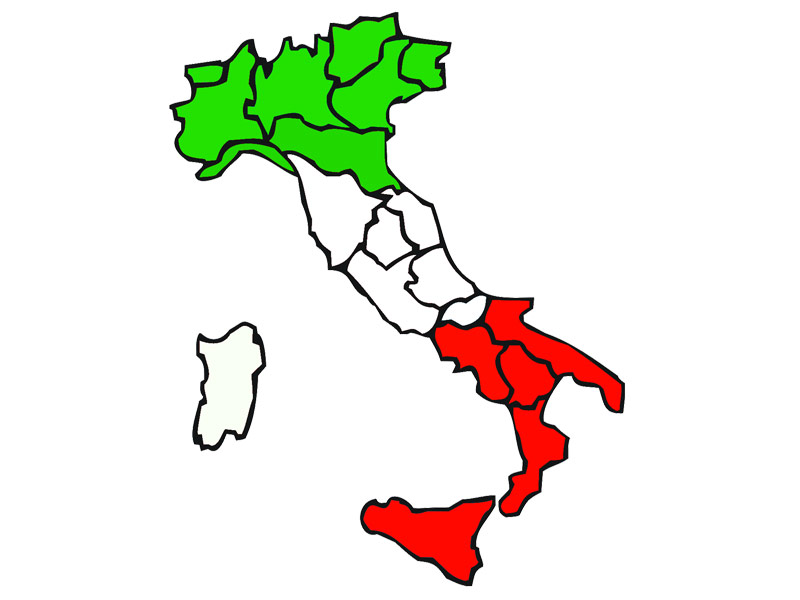How to design decentralisation to curb secessionist pressures? Top-down vs. bottom-up reforms
Cerniglia F., Longaretti R., Zanardi A., 2021 – Structural Change and Economic Dynamics
How can we explain the claims for asymmetric decentralisation recently put forward by some Italian regions?
In a recently published paper, How to design decentralisation to curb secessionist pressures? Top-down vs. bottom-up reforms in Structural Change and Economic Dynamics, Floriana Cerniglia, Riccarda Longaretti and Alberto Zanardi investigate by means of an analytical approach the reasons why a region is spurred to secede from a unitary or federal nation and how those pressures can be curbed by an institutional reform which grants those regions greater autonomy. In particular, they demonstrate that a reform consistent with a pattern of differentiated and flexible decentralisation, where single regions can opt to assume or not stronger fiscal responsibilities on the basis of bilateral negotiations with the central government, may be more successful in avoiding instability and secessionist conflict than a more standard top-down decentralisation, where the central government assigns identical fiscal powers to all regions.
The general scheme developed in this work allows to frame and explain institutional solutions and arrangements that in recent decades have frequently been implemented in different countries. The most accomplished example of this bottom-up decentralisation is probably the case of Spain. After the downfall of Francoism, the 1978 Constitution provided for the possibility for some special regions, the so-called Historical Communities, to agree with the central government to be assigned ‘on request’ specific additional powers. Afterwards, during the 80’s and early 90’s, other regions followed the same path, by negotiating a similar level of autonomy, and this process ended up in a greater uniformity across regions. However, this evolution has more recently prompted Historical Communities to raise the stakes, by making further claims for greater autonomy in a process that culminated in Catalonia’s unilateral declaration of independence in October 2017. But even at the supranational level, Brexit is a process that has a striking resemblance to secession to the extent that it marks the withdrawal of the UK from the EU community of law.
This interpretative scheme is also able to shed light on the recent experience of regional decentralisation in Italy. The 2001 constitutional reform allows ordinary regions to assume, if they deem it convenient, additional legislative and administrative powers in a large array of areas currently assigned to the central government. This contractual procedure, potentially recognized to all ordinary regions, has been actually triggered up to now by the three regions with the highest per-capita GDP in the country (with a clear departure from the experience of special statute regions which at the time of their establishment were peripheral areas, characterized by weak economies and linguistic-cultural specificities). For the three requesting regions, this new interpretative model provides for a strong push towards secession which, however, can be effectively curbed, with a net gain for the entire national community, if they are recognized for some forms of greater autonomy while maintaining their full involvement in interregional equalization provided for by the Constitution.

